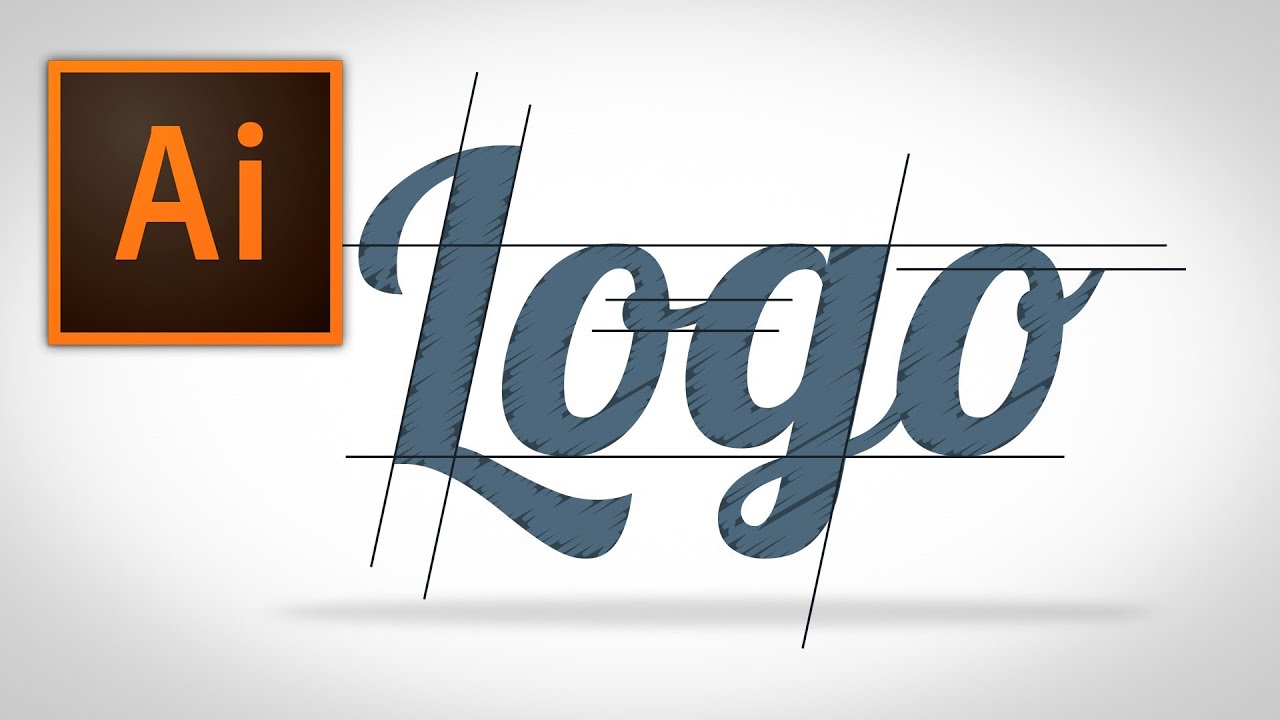
Introduction: Logos are the visual cornerstone of any brand, serving as a powerful symbol that communicates the essence of a company or organization. Adobe Illustrator, with its robust set of tools and features, is the go-to software for creating professional logos with precision and creativity. In this extensive guide, we’ll walk you through the step-by-step process of creating a logo in Adobe Illustrator, from conceptualization to final execution, covering everything from design principles to practical techniques.
Part 1: Preparing for Logo Design
- Understanding the Brand: Before diving into logo design, it’s crucial to understand the brand’s identity, values, and target audience. Conduct research on the company’s mission, vision, and unique selling points to inform your design decisions.
- Gathering Inspiration: Explore existing logos in the industry, as well as design trends and styles that resonate with the brand. Collect visual references, mood boards, and sketches to inspire your design process.
- Defining Design Objectives: Clarify the goals and objectives of the logo design project, such as conveying brand personality, ensuring scalability, and achieving versatility across different applications.
Part 2: Sketching and Conceptualization
- Brainstorming Ideas: Start by brainstorming concepts and visual metaphors that represent the brand’s identity and values. Explore different approaches, from literal interpretations to abstract symbolism.
- Sketching Thumbnails: Translate your ideas into rough thumbnail sketches, focusing on capturing the essence of each concept quickly and efficiently. Experiment with shapes, typography, and iconography to explore different design directions.
- Refining Concepts: Review and refine your thumbnail sketches, identifying the most promising concepts to develop further. Consider factors such as simplicity, memorability, and versatility when evaluating design options.
Part 3: Creating the Logo in Adobe Illustrator
- Setting Up the Workspace: Open Adobe Illustrator and create a new document with appropriate dimensions and settings. Organize your workspace by arranging panels, tools, and artboards for efficient workflow.
- Drawing Basic Shapes: Use the Shape Tools in Illustrator to create the foundational elements of your logo, such as circles, squares, and rectangles. Experiment with different shapes and arrangements to establish the structure of your design.
- Customizing Typography: Choose or customize typography that reflects the brand’s personality and values. Use the Type Tool to create text elements, adjusting font styles, sizes, and spacing to achieve the desired look and feel.
- Incorporating Icons and Symbols: Integrate icons, symbols, or graphic elements that reinforce the brand’s identity and message. Create or import vector graphics into Illustrator, positioning them alongside typography or as standalone elements within the logo composition.
- Exploring Color Options: Experiment with color schemes that resonate with the brand’s identity and target audience. Use the Color Panel in Illustrator to apply solid colors, gradients, or custom color swatches to your logo design.
- Fine-Tuning Details: Pay attention to details such as alignment, spacing, and proportions to ensure visual harmony and balance in your logo. Use Illustrator’s alignment tools, guides, and grids to refine the composition and polish the overall design.
Part 4: Refining and Iterating
- Gathering Feedback: Share your logo designs with stakeholders, clients, or peers to gather constructive feedback and insights. Listen to feedback with an open mind, considering both positive comments and areas for improvement.
- Iterating and Revising: Based on feedback and your own evaluation, iterate on your logo designs, refining and revising elements to strengthen the visual impact and effectiveness of the logo. Experiment with different variations and iterations to explore alternative directions.
- Testing Across Applications: Test your logo designs across various applications and contexts, such as digital screens, print materials, and merchandise. Ensure that the logo remains legible, recognizable, and adaptable across different sizes and mediums.
Part 5: Finalizing and Exporting
- Choosing File Formats: Select appropriate file formats for your final logo designs, considering factors such as scalability, transparency, and compatibility. Common file formats for logos include AI (Adobe Illustrator), EPS, SVG, and PNG.
- Creating Variations: Prepare different variations of your logo design, including full-color, monochrome, and grayscale versions. Provide both horizontal and vertical orientations, as well as alternative layouts for versatility and flexibility.
- Documenting Design Guidelines: Document design guidelines and specifications for the logo, including color codes, typography usage, and clear space requirements. Create a brand style guide to ensure consistency and coherence in the application of the logo across different contexts.
- Delivering the Final Files: Package and deliver the final logo files to the client or relevant stakeholders, including all necessary formats and documentation. Provide guidance on how to use and implement the logo effectively in various branding materials and platforms.
Conclusion
Creating a logo in Adobe Illustrator is a dynamic and iterative process that requires creativity, strategic thinking, and attention to detail. By following the comprehensive guide outlined above, you’ll be equipped with the knowledge and skills to conceptualize, design, and deliver professional logos that resonate with audiences and stand the test of time. Remember to approach logo design with curiosity, experimentation, and a commitment to crafting visual identities that make a lasting impression.